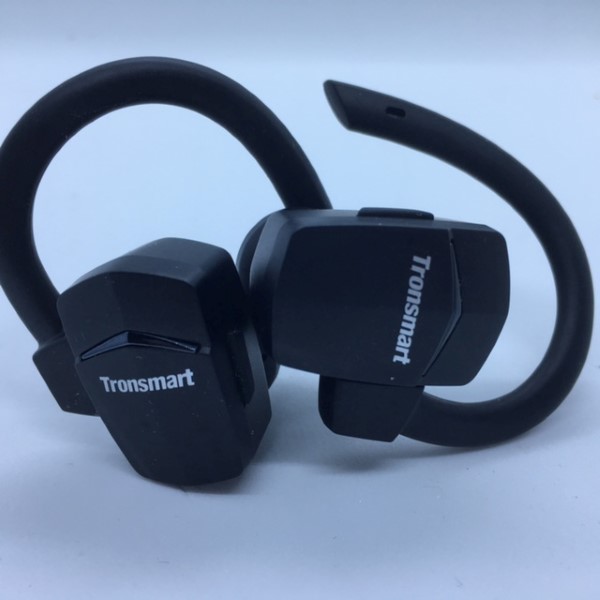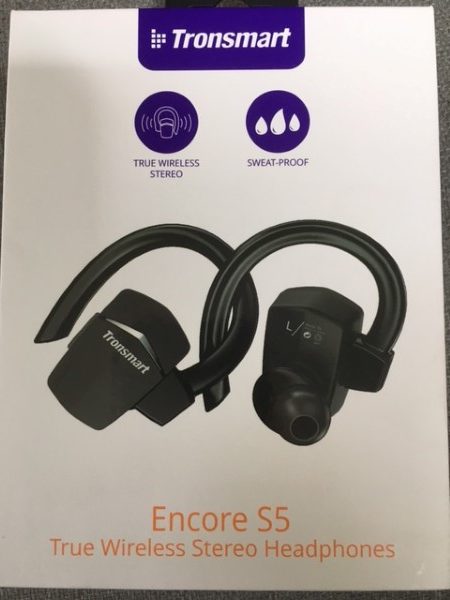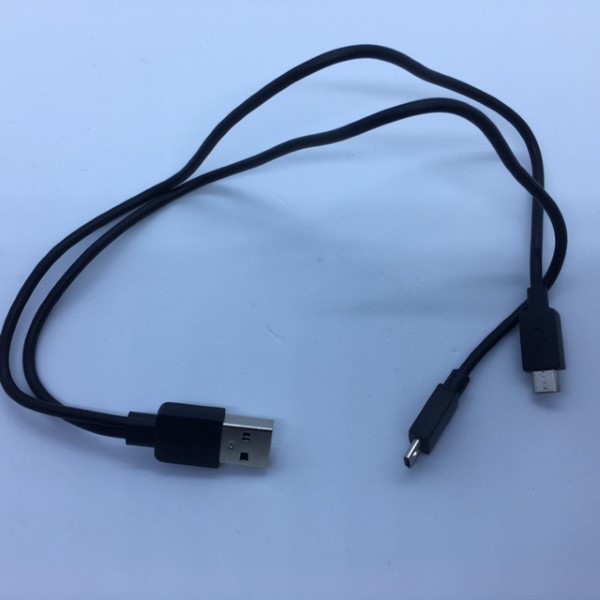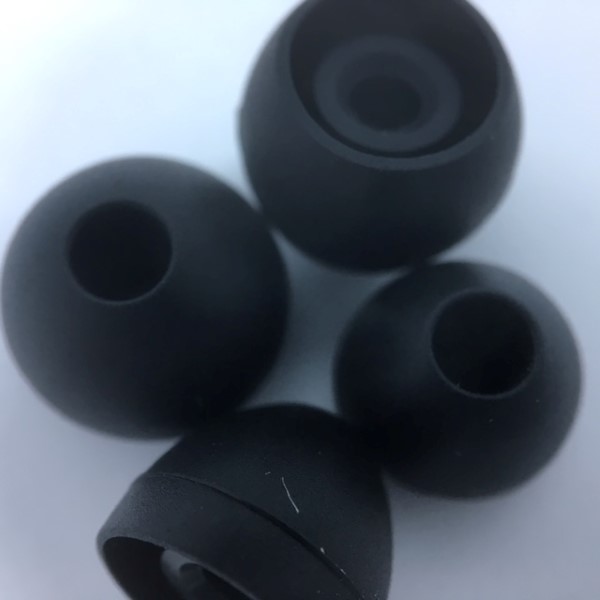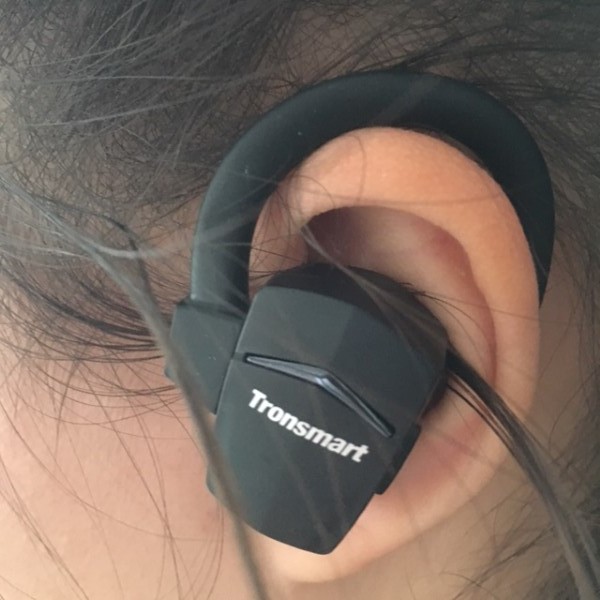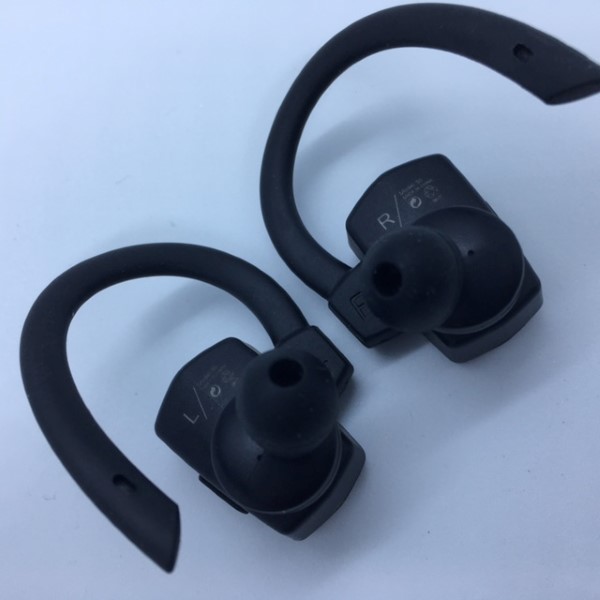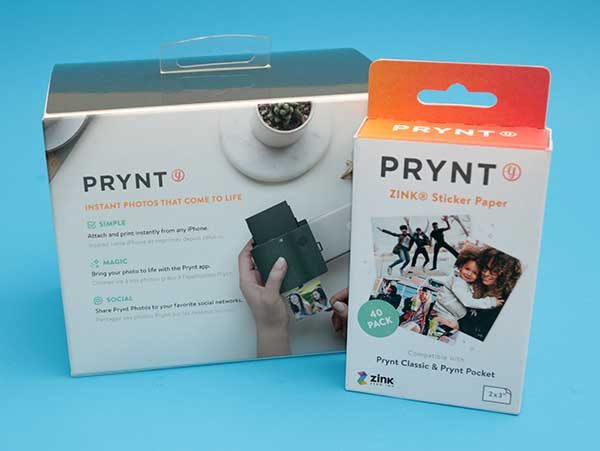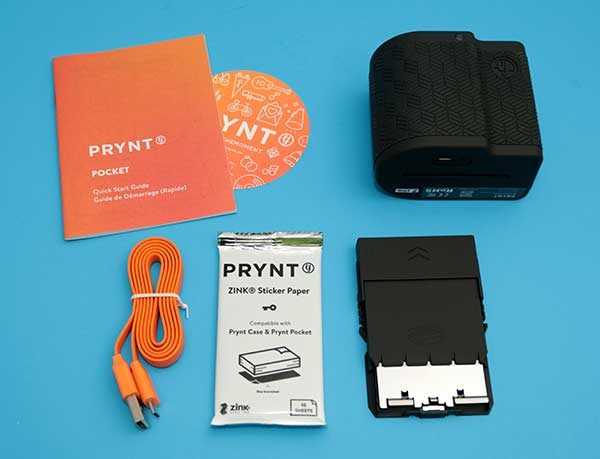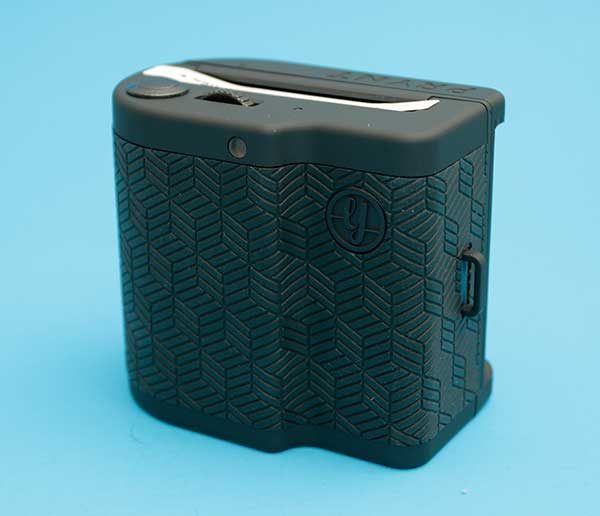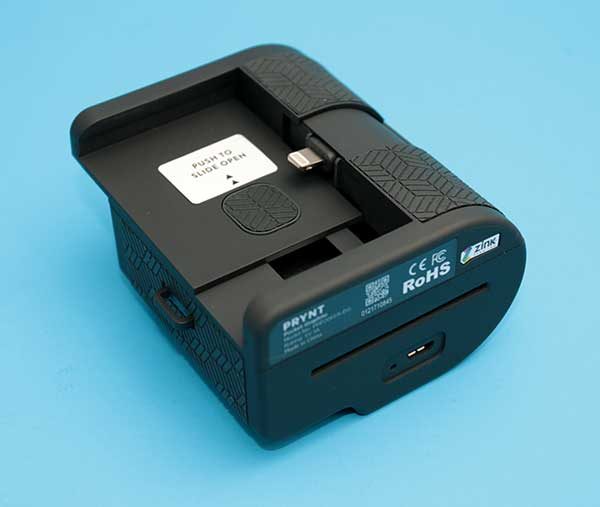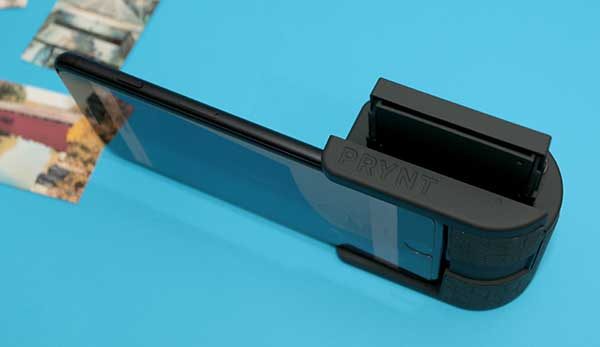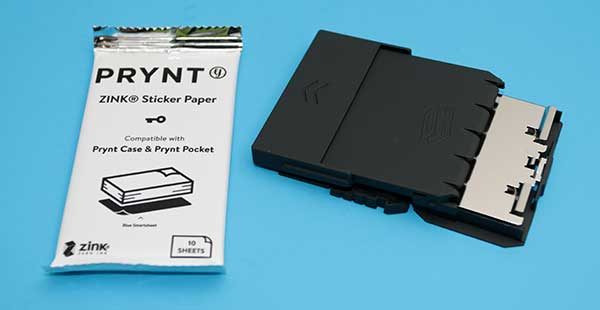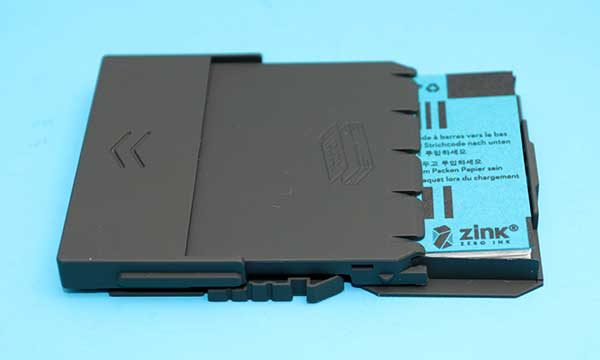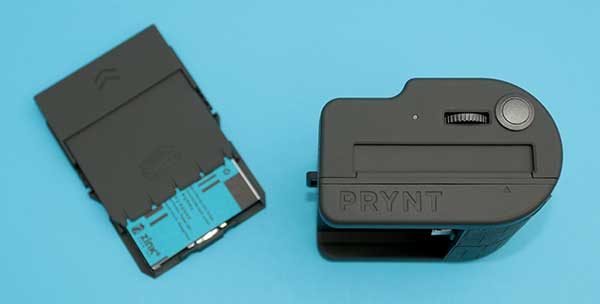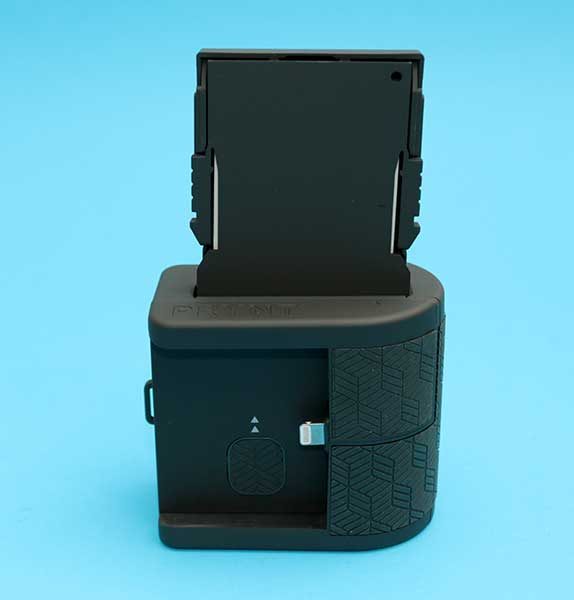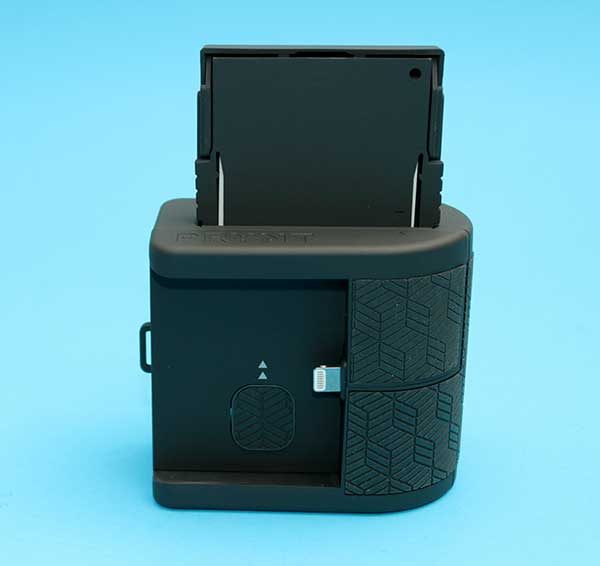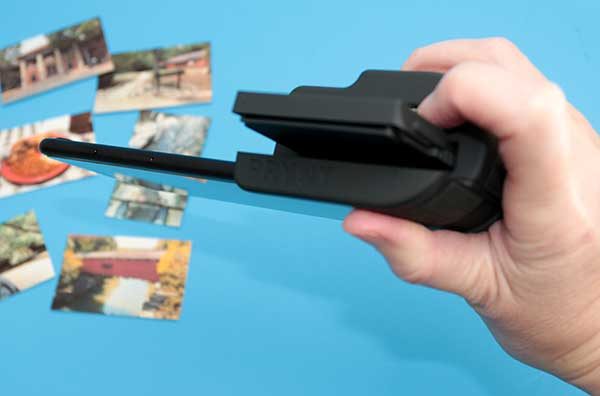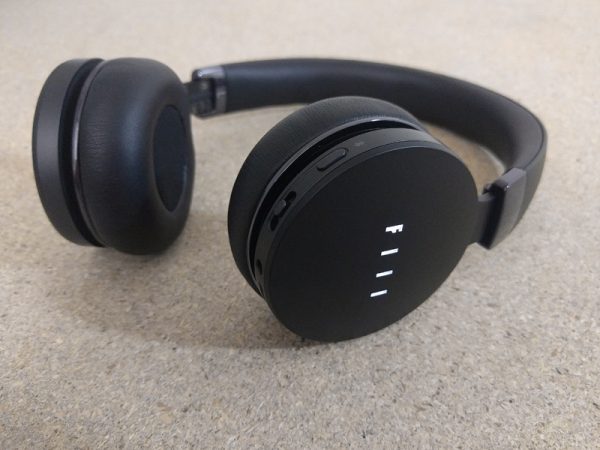
The Fiil Canviis Pro wireless noise-canceling headphones have some unique features and great sound quality, but with a spotty app and plenty of similarly featured cheaper options on the market, you might be better off waiting until the $349 price comes down a bit.
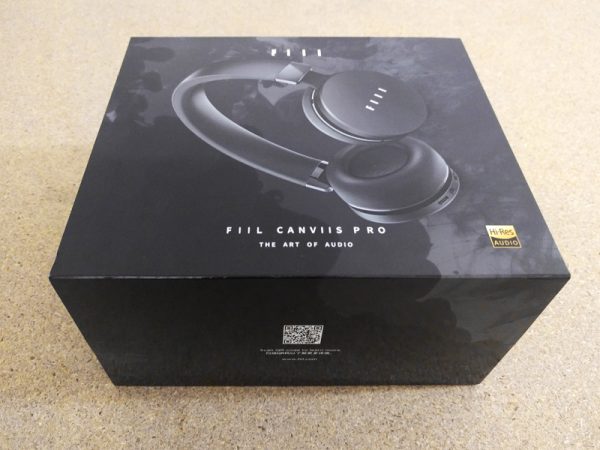
The high price tag of the Canviis Pro is definitely reflected in the packaging and presentation of the product.
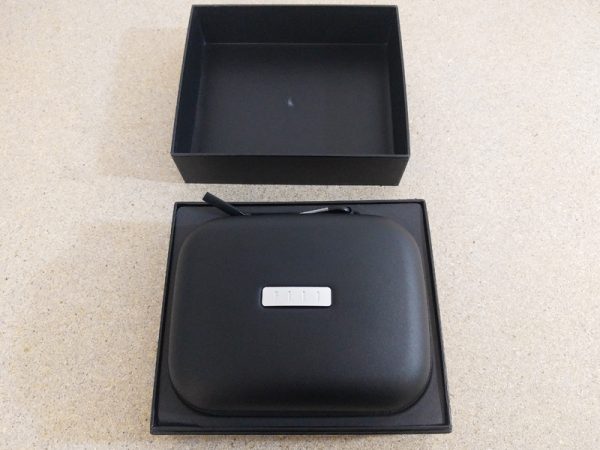
The Canviis Pro headphones arrive safely protected in a thick, well-designed box. The headphones come with a great carrying case that sets deeply into the box.
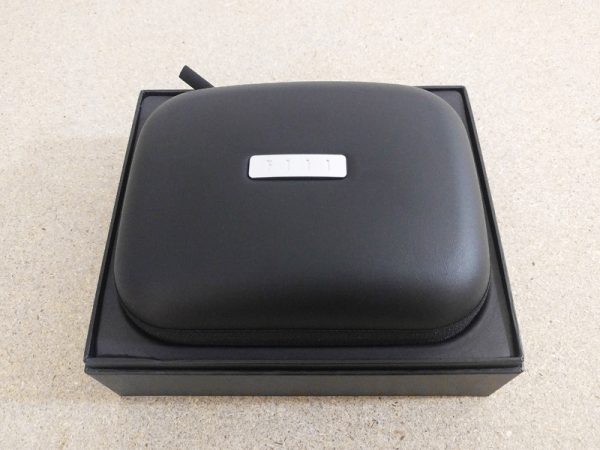
The Fiil logo is emblazoned on a metal tag on the carrying case and under the case are spaces for accessories.
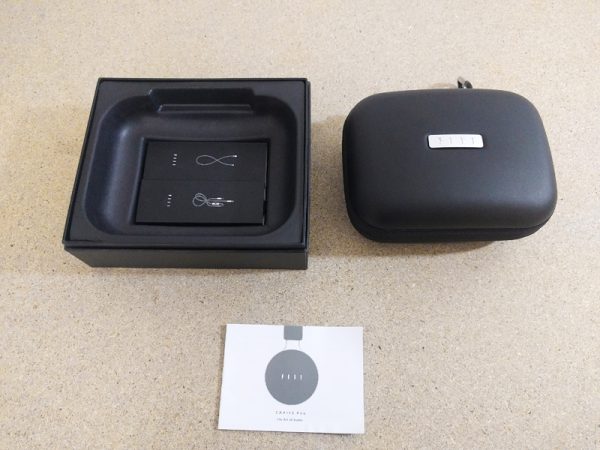
Along with a very basic instruction manual, the Canviis Pro comes with two cables.
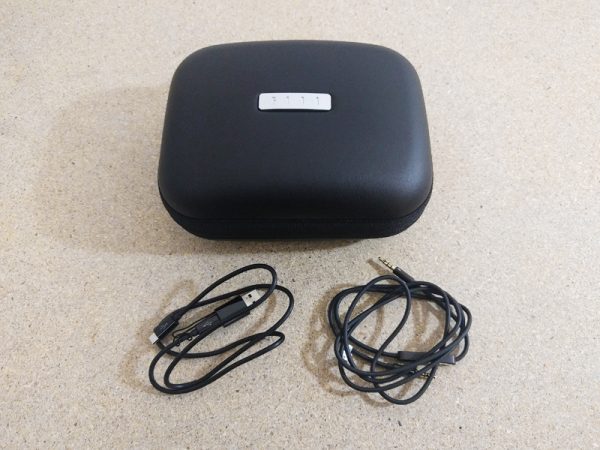
One cable is an audio cable with inline controls that work for both Android and iOS. A handy sticker is attached to the cable so you can configure it probably with a tiny switch before use. The inline controls work fine, allowing you to answer calls, adjust volume and change tracks.
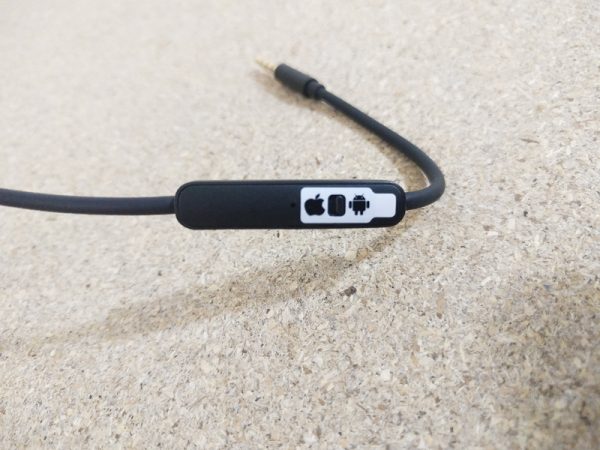
This audio cable also enables you to use the headphones in a wired configuration with any audio source, which is a nice option to have.
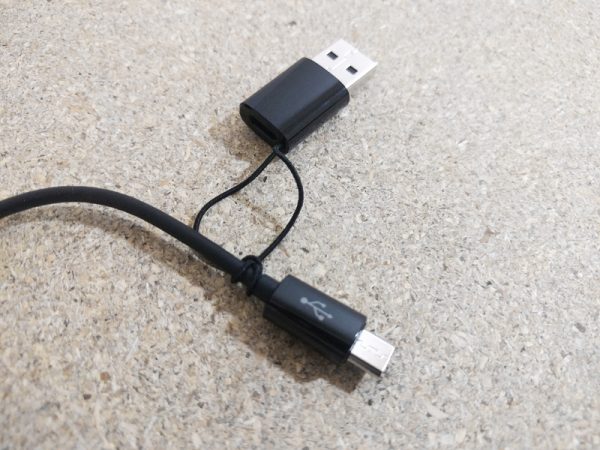
The charging/OTG cable comes with Micro-USB plugs on both ends with an attached USB-A adapter plug as well.
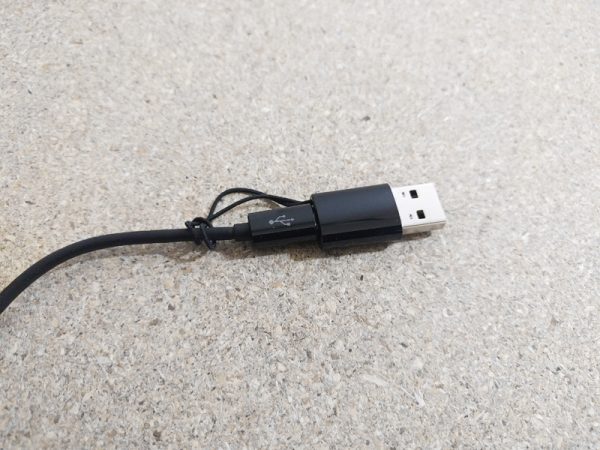
The USB-A adapter snaps right over the Micro-USB plug and can be used to charge your headphones from a laptop or USB power supply and to attach the headphones to your computer as storage for adding music files to the 4GB of internal memory.
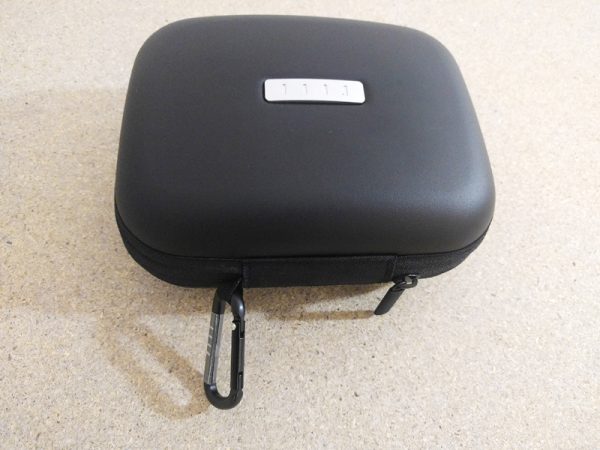
The carabiner attached to the carrying case is a nice touch and makes it easier to secure the case on a backpack.
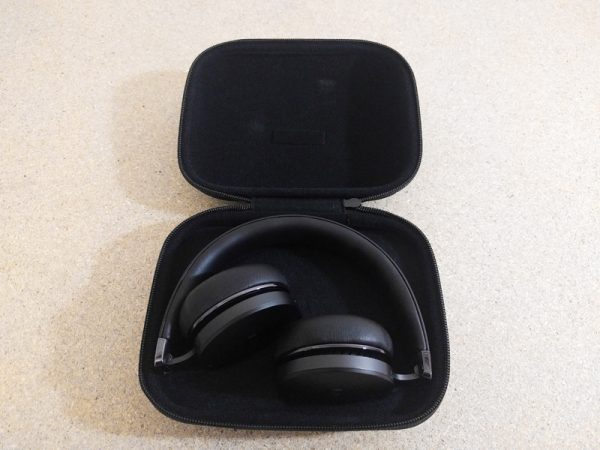
The build quality of the Canviis Pro is quite impressive. The unit has a great heft to it and the switches, buttons and ports all seem like they can handle extended daily use.
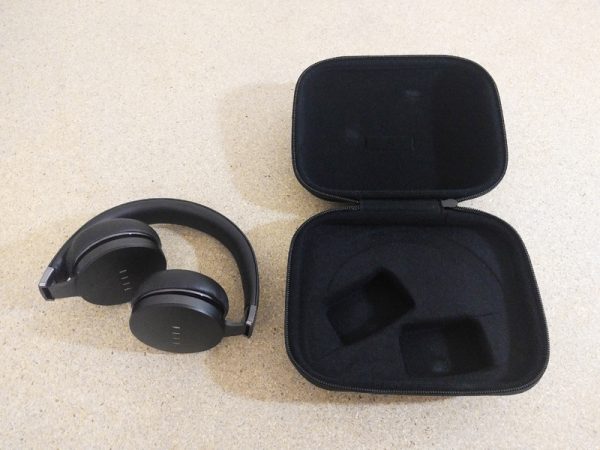
The headphones fold in on themselves to fit into the case or to make it easier to store them in a coat pocket. I was disappointed to find that the ends don’t rotate flat though, which would make it easier to wear them around your neck when you’re not listening to them.
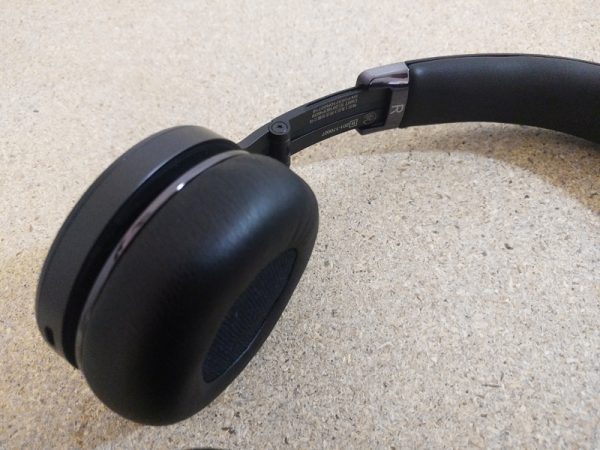
The Canviis Pro headphones are “on-ear” so the comfort of the ear pieces are vital to long term listening enjoyment.
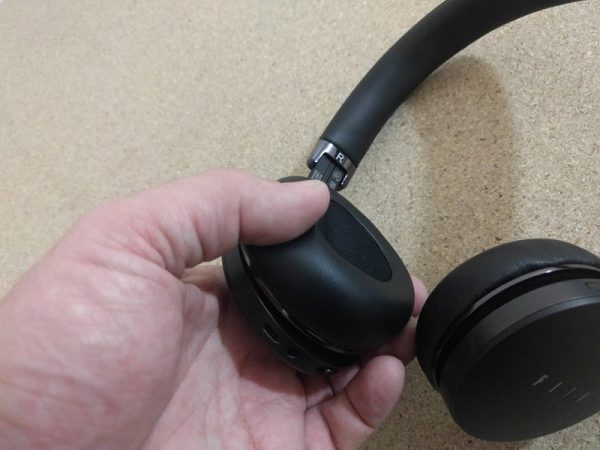
The ear pieces and headband are made from “smooth protein leather and memory foam” and provide a great deal of comfort during use.

I’ve worn the Canviis Pro for hour-long stretches and comfort has not been an issue at all. Actually, the pressure of the band on my ears was the first thing I noticed after prolonged use, not any issues with the ear pieces, but that’s the nature of on-ear headphones in general.
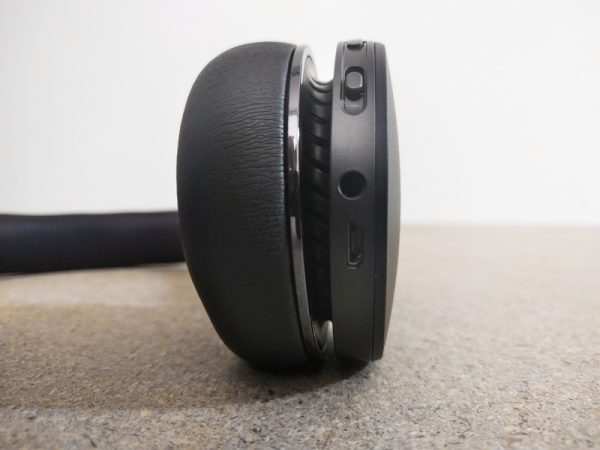
The Canviis Pro has one button and one switch/button on the unit to allow the user to control the various functions and features. While I appreciate the simplicity of design, trying to assign so many functions to just two controls is a bit counterintuitive.
For instance, one of the Canviis Pro’s many features is limited voice control, which despite repeated efforts I never got to work properly. To activate this feature via the headset control you have to hold the Multi Function Button (MFB) for exactly two seconds. I found this to be maddeningly impossible. If you held it for too long the unit would shut off, if you didn’t hold it long enough the track would pause and play. When I did hold the button for the correct amount of time, the unit would simply say “Hello” and then not respond to my commands.
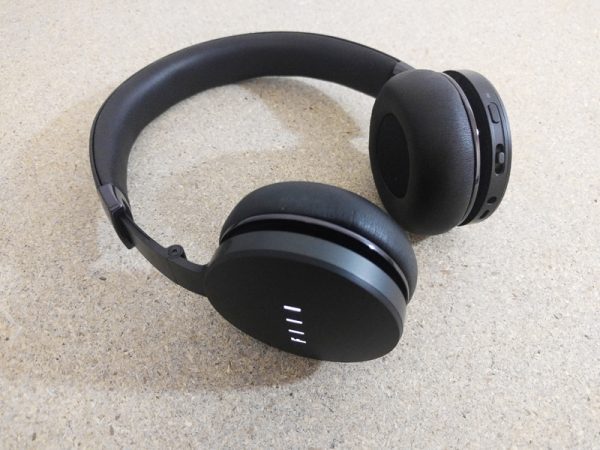 And this is the major failing of the Canviis Pro, Fiil is trying to do too many things at once with the unit and, as a result, none of them are executed effectively. The features that do work well, are incredibly useful. I’ll go through the features and their effectiveness in my testing.
And this is the major failing of the Canviis Pro, Fiil is trying to do too many things at once with the unit and, as a result, none of them are executed effectively. The features that do work well, are incredibly useful. I’ll go through the features and their effectiveness in my testing.
The touch controls are great to have. While in use, you can swipe your hand across the side of the right earpiece to advance or rewind tracks or you can move your hand up and down to control the volume. A lot of headphones at this price point have been incorporating this feature and it really is worth having.
The Canviis Pro also has a “Smart-Sensor” auto-off feature that notices when you’ve removed the headphones and automatically pauses the music and puts the unit in low-power mode. This was great when it worked. The problem was it didn’t work every time. So I’d take the headphones off and then have to check to see if the auto-off engaged, which again defeats the purpose of the feature.
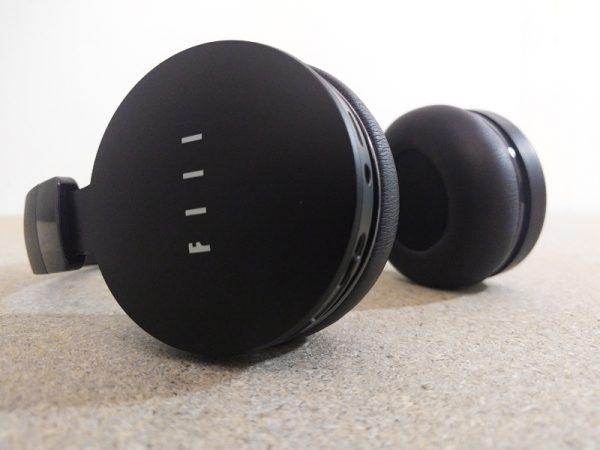
Another unique feature is the 4gb of internal storage that the Canviis Pro has for use as a stand-alone music player. It’s nice I guess, but I honestly can’t think of a situation where I’d ever use this function. The paltry 4gb size makes choosing what music I store on the unit more aggravating than the feature is worth. Worse yet, the music player functionality and playlist options are, at best, barebones. It’s really just a folder of music files that will play if needed. The only way I can see this as useful is for a runner who doesn’t want to carry her phone. But, after testing the unit, I doubt these would be a good running or workout set of headphones.
The noise-canceling function is one feature that worked very well and it definitely increased the listening experience. The feature, called My Audio Filter (MAF), creates a noise-canceling wave out of phase with the ambient noise to block that noise. It works great, but is way more complicated than it needs to be. There are four different configurations for the MAF; Noise-Cancelling mode blocks out all outside noise, Monitor mode blocks just low-frequency noise but allows you to hear some ambient sounds, Open mode allows all ambient sounds, and Wind mode blocks just noise that would be created in a windy environment.
The problem is you have to cycle through all of these modes when using the headset switch and good luck remembering which switch configuration triggers which mode. Plus, in practical use, you only ever really need the Noise-Cancelling mode and the Open mode. Why would I ever just want to filter out JUST windy noise?
Sure, you can use the Fiil+ app to control or change the MAF, but, as is the case with so many other companion headphone apps, it’s just not a good user experience.
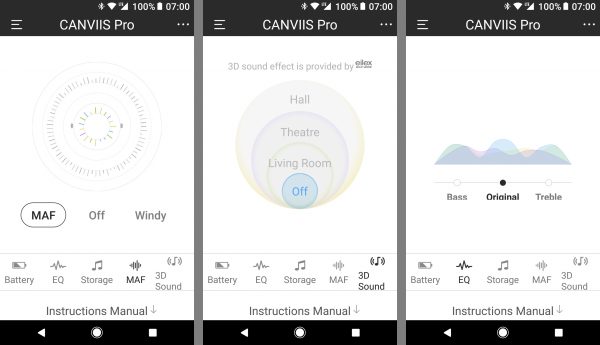
The app doesn’t have any instructions on how to use it properly, so you’re just fumbling around trying to make sense of all the options. It includes an EQ that isn’t adjustable and just gives you three options; Bass, Original, and Treble. There is an option to engage the onboard storage, but those functions never worked right for me and frequently had the tracks I stored on the unit misnamed. There are the frustrating MAF controls, which give you three options at first; MAF, Off and Windy, but then if you click on the MAF icon you are given three other options; Open, Monitor and Noise-Cancelling. Why not just give the user all four options up front?
The app also allows you to access the “3D Sound Effect” functionality. Which, again, is a mostly useless function that adds varying amounts of reverb to your music to make it sound like you’re listening to it in a living room, theatre, or hall. None of these options will positively add to the listening experience unless you REALLY like reverb for some reason.
The app also allows you to control a few other useless functions like turning the logo light off and on, adjusting the auto-off timing, and turning off the Smart Sensor.
The absolute WORST thing about the Fiil+ app though is that you have to have a Facebook, Twitter or WeChat account and app installed on your phone to be able to log in and get the full functionality. Any app that requires me to install another app on my phone in order to log in properly has failed me as a user.
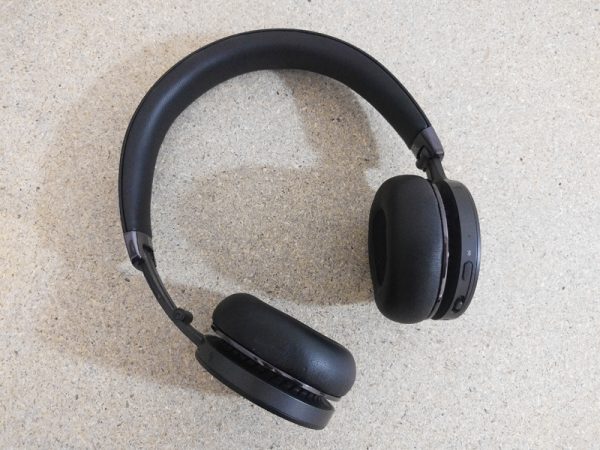
As a Bluetooth headset, the Canviis Pro work fine. I made and answered calls with the unit and the sound quality on both ends was perfectly fine. I got pretty good battery life out of them over the course of a week with varied use.
Overall, I liked the sound quality, noise-canceling, and touch features of the Canviis Pro, but I think they’re overpriced and over-engineered in a bad way, especially the app. For the same price, you’re better off with some higher-end models from Sony or Bose.
Source: The sample for this review was provided by Fiil Audio. Please visit their website or Amazon for more info.
Product Information
| Price: | $349.00 |
| Manufacturer: | Fiil Audio |
| Retailer: | Amazon |
| Pros: |
|
| Cons: |
|
Filed in categories: Reviews
Tagged: Bluetooth headphones
FIIL Canviis Pro Wireless Noise-Cancelling Headphones review originally appeared on The Gadgeteer on September 13, 2017 at 9:00 am.
Note: If you are subscribed to this feed through FeedBurner, please switch to our native feed URL http://the-gadgeteer.com/feed/ in order to ensure continuous delivery.







